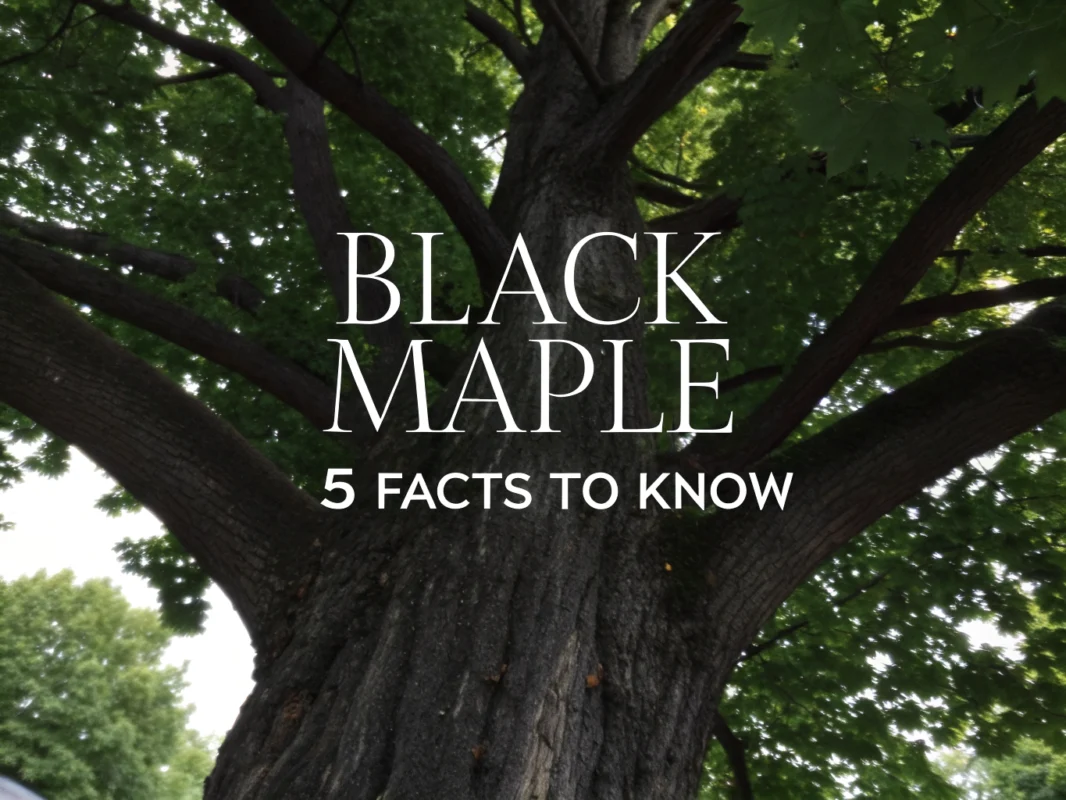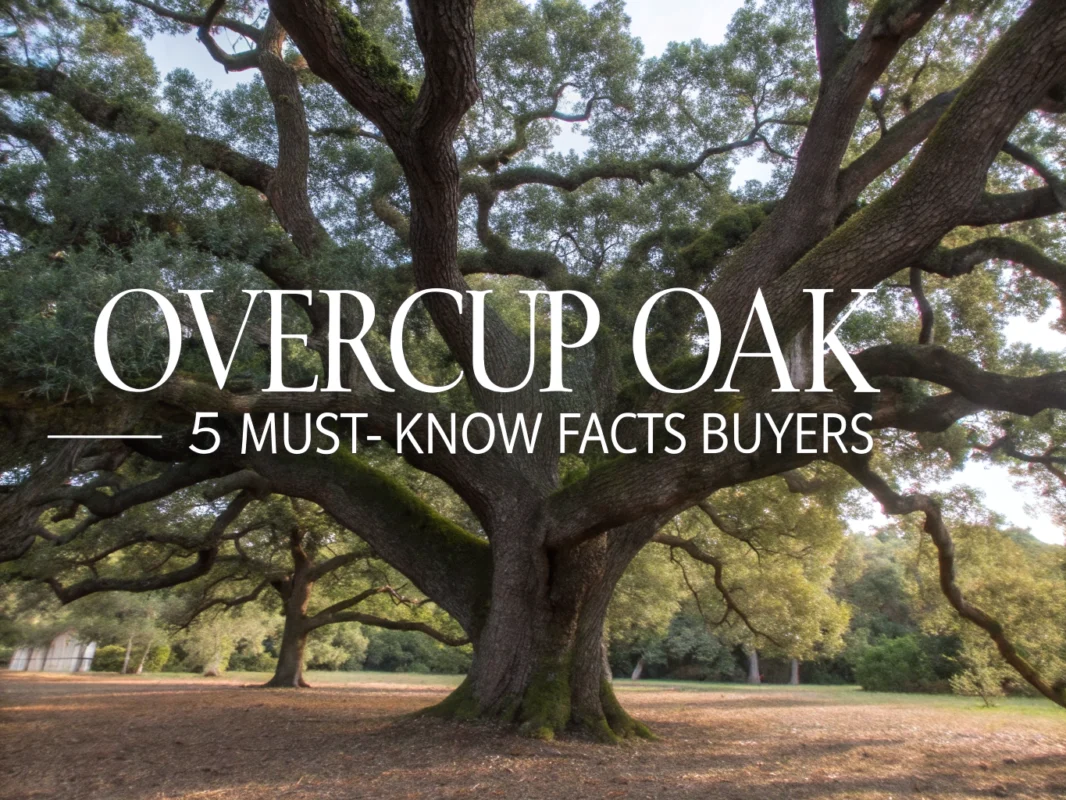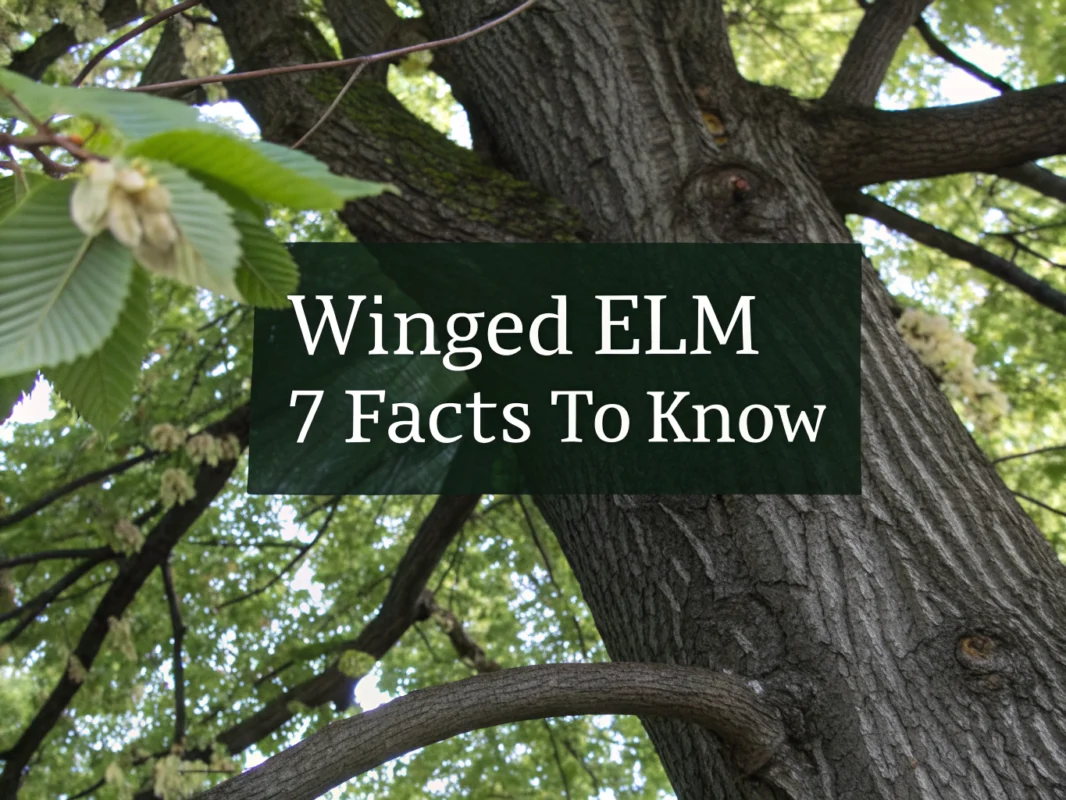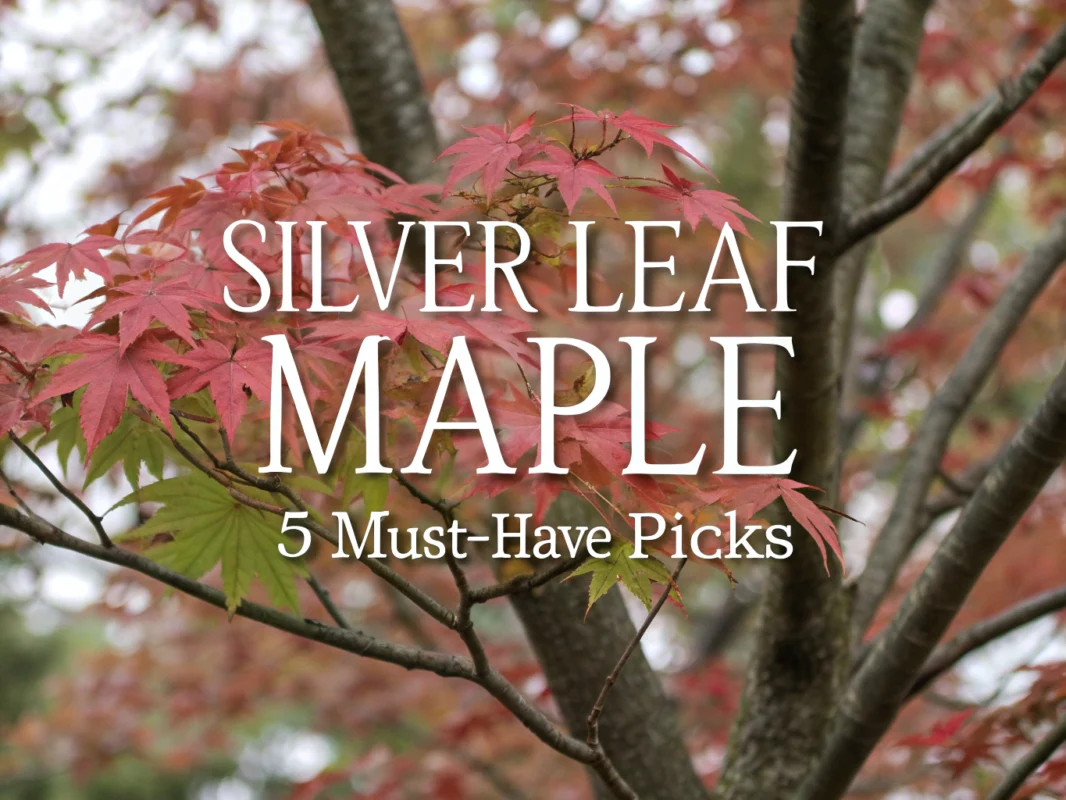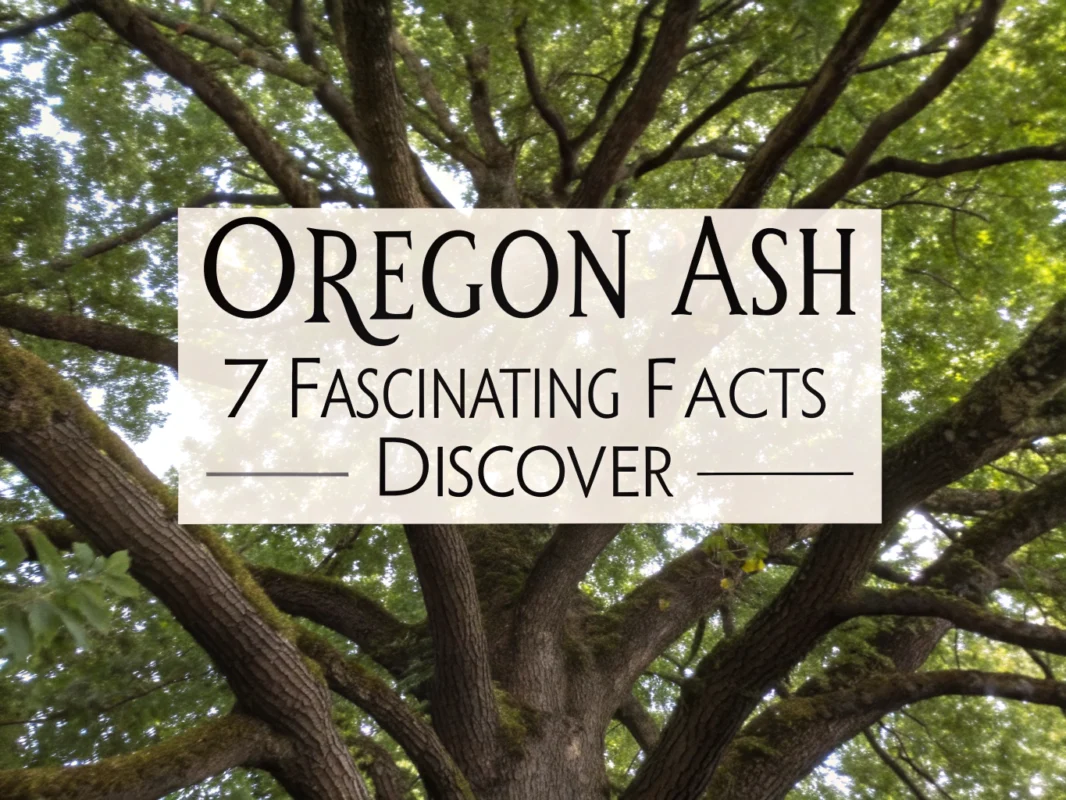
Honey Mesquite: 5 Amazing Uses

Have you ever wondered how a single tree can offer food, healing, environmental benefits, and more? Meet the honey mesquite, a remarkable tree native to desert regions. Known for its drought resistance, this tree has been a crucial resource for many, providing everything from tasty treats to enriching the land. Let’s uncover the five amazing ways honey mesquite continues to enrich lives and ecosystems.
Table of Contents
The honey mesquite tree (*Prosopis glandulosa*) stands as one of nature’s most versatile gifts, thriving in the arid landscapes of the southwestern United States while offering remarkable benefits from its sweet pods to its nitrogen-fixing roots. This drought-tolerant native species has served communities for centuries, providing everything from nutritious flour and premium honey to durable wood and natural medicine.
Culinary Delights: Mesquite Flour and Sweet Treats
Mesquite Pod Harvesting and Processing
The mesquite pods grow 6-10 inches long and develop a distinctly sweet flavor that makes them perfect for culinary use. Harvesting season runs from June through September when the pods reach full maturity. Traditional processing involves grinding these pods into mesquite flour, creating a sweet, nutty ingredient that’s been a staple food source for generations.
Nutritional Benefits and Modern Applications
Mesquite flour offers exceptional nutritional value with its gluten-free properties and low glycemic index, making it ideal for blood sugar management. Rich in fiber, protein, vitamins, and minerals, this flour works beautifully in baking breads, pancakes, muffins, and cakes. Native Americans traditionally consumed mesquite pod flour for its health benefits, and modern cooks continue to appreciate its unique flavor profile and nutritional density.

Liquid Gold: Mesquite Honey Production
Honey Production Process
Bees collect nectar from mesquite blossoms during late spring and early summer, creating one of nature’s finest sweeteners. Mesquite honey displays a light color and smooth texture with robust sweetness that sets it apart from other varieties. The honey contains high antioxidant levels, adding health benefits to its exceptional taste.
Culinary Applications
This natural sweetener works perfectly in tea, drizzled over desserts, or incorporated into various recipes. Its unique flavor profile adds depth to both sweet and savory dishes, making it a favorite among chefs and home cooks alike.
Here are some top-rated mesquite honey products to try:

Pure Arizona Mesquite Honey
- 100% organic and unfiltered for natural goodness
- Sourced directly from Arizona for authentic flavor
- Rich in nutrients and antioxidants for health benefits
- Versatile use in cooking and baking
- Perfectly sweet for tea and desserts

Trader Joe's Mesquite Honey Duo
- Pack of two for long-lasting use
- Sweet and robust flavor from mesquite blossoms
- Ideal for adding to tea and recipes
- Unpasteurized to preserve natural enzymes
- Convenient size for pantry storage

HEB Mesquite Honey Delight
- Classic 16 oz jar for everyday use
- Bold, earthy taste from mesquite trees
- Great for spreading on toast or biscuits
- Naturally contains vitamins and minerals
- No additives or preservatives for purity
Premium Barbecue: Mesquite Wood for Smoking and Grilling
Smoking and Grilling Properties
Mesquite wood burns slowly and produces an intense, sweet, earthy smoke flavor that’s become synonymous with southwestern-style barbecue. Its slow-burning qualities make it perfect for long smoking sessions, transforming ordinary grilled meats into extraordinary culinary experiences. The distinctive taste profile adds complexity and depth that barbecue enthusiasts can’t find with other woods.
Craftsmanship and Woodworking
Beyond barbecue, honey mesquite tree wood serves craftspeople and furniture makers who value its durability and distinctive grain patterns. Artisans use it for making furniture, tool handles, and various crafts that require long-lasting materials. The wood’s natural beauty and strength make it perfect for creating heirloom pieces that stand the test of time.
Traditional Medicine: Natural Healing Properties
Historical Medicinal Uses
Mesquite sap has been used traditionally to treat stomach aches and toothaches, while combinations with herbs were applied for baldness treatment. Traditional uses also include blood sugar regulation benefits, making mesquite pods valuable for health-conscious diets. These time-tested applications continue to interest modern herbalists and health practitioners.
Modern Health Applications
Today’s health enthusiasts create herbal teas from mesquite flowers, appreciating their pleasant flavor and potential medicinal benefits. The pods and flour integrate well into health-conscious diets, offering natural nutrition without artificial additives. Proper storage and preservation methods help maintain the medicinal properties of mesquite products for extended periods.
Environmental Powerhouse: Ecological and Landscape Benefits
Soil Enhancement and Conservation
The honey mesquite’s nitrogen-fixing capability naturally enriches soil fertility, reducing the need for synthetic fertilizers in agricultural and landscaping applications. Its robust root system prevents soil erosion and helps stabilize land in arid regions. This natural soil improvement creates better growing conditions for surrounding plants and crops.
Wildlife Support and Ecosystem Services
- Provides shade, food, and shelter for various wildlife species including birds and mammals
- Produces abundant nectar that supports local bee populations and pollinator diversity
- Creates ground cover through leaf litter and pods, offering overwintering sites for beneficial invertebrates
- Supports ecosystem resilience through multiple habitat layers
Sustainable Landscaping
Xeriscaping projects benefit greatly from honey mesquite’s drought tolerance and minimal maintenance requirements. The tree adds aesthetic appeal with its twisted trunks, fragrant flowers, and lush foliage while creating shaded habitats for garden wildlife. Its low water needs make it perfect for sustainable landscaping in water-conscious regions.
The honey mesquite tree proves that nature’s gifts often come in the most practical packages. From its sweet pods and premium honey to its durable wood and soil-enhancing properties, this remarkable tree offers sustainable solutions for modern living. Whether you’re interested in culinary adventures, traditional medicine, or environmental stewardship, exploring mesquite products and applications opens doors to time-tested wisdom and contemporary innovation.
FAQs
What Are The Uses Of Honey Mesquite Wood?
Honey mesquite wood is highly valued for its durability and aesthetic appeal. It is commonly used for making furniture, flooring, and BBQ smoking for its rich, smoky flavor.
How Can You Identify Honey Mesquite Trees?
Honey mesquite trees can be identified by their feathery, bipinnate leaves and long, cylindrical pods. They often have a twisted, gnarled trunk and branches with thorns.
Is Honey Mesquite Good For The Environment?
Honey mesquite can be beneficial as it provides food and habitat for wildlife. It also fixes nitrogen in the soil, enhancing soil fertility. However, it can become invasive in some areas.
Can You Eat The Pods From A Honey Mesquite Tree?
Yes, the pods of a honey mesquite tree are edible and can be ground into flour for baking. They are known for their sweet, nutty flavor.
How Do You Control Or Eliminate Invasive Honey Mesquite?
Controlling invasive honey mesquite involves mechanical removal, prescribed burning, and the application of herbicides. Consistent monitoring and management are key to preventing its spread.

